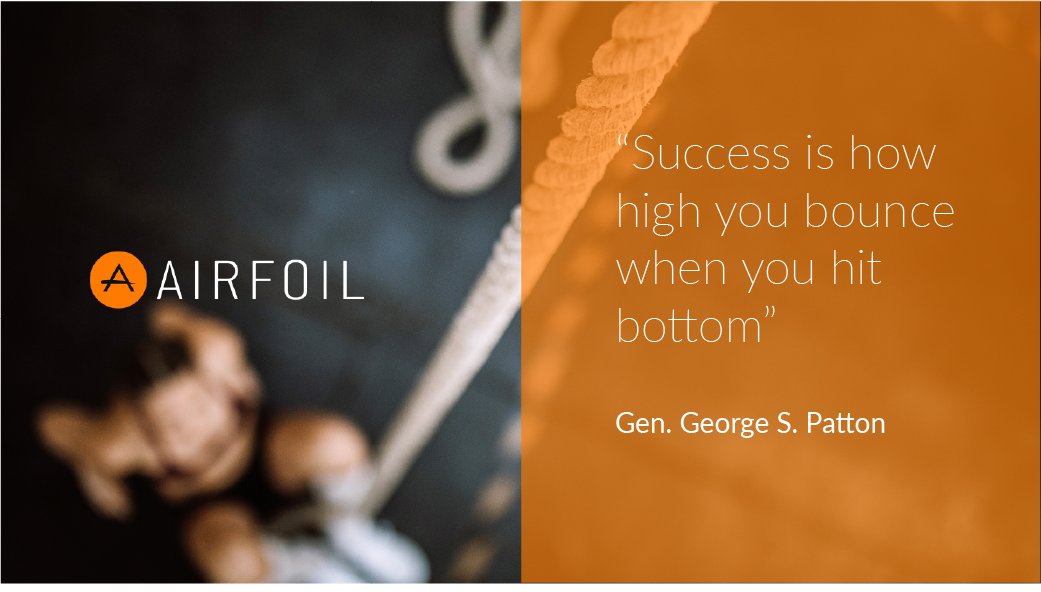This week, one of the world’s largest companies – and largest advertisers – said it would stop working with social-media influencers who buy followers and use bots. After hearing Unilever’s announcement and reading the accompanying press release, I had a few thoughts.
This sounds as if Unilever is admitting it made a mistake and addressing some steps to fix the problem. The algorithms on social platforms have de-prioritized organic content, and it has forced advertisers to increase spending on other ways to gain visibility -- even among their own fans and followers.
Within that context, influencer marketing has become a major focus, driven by social-media celebrities and subject-matter experts with loyal fans and followers. After all, their content is engaging, interesting and grabs the attention of a targeted audience.
Unilever’s announcement may come across as a condemnation of influencer marketing in general, but it’s really a condemnation of a certain kind of influencer marketing. Ideally, an influencer’s voice – and an influencer’s audience -- is authentic. Of course, that authenticity breaks down when follower counts are inflated by paid subscribers and bots.
So, when considering an influencer-marketing campaign, is it possible to gauge a certain influencer’s authenticity? Before jumping in blindly, slow down and use these tips to guide your program strategy.
1. Follower counts are fool’s gold. I remember the first time I fell in love with a follower number. It was 2011, and I was working with the Asante Samuel Foundation. This was a big deal: Samuel had just won two Super Bowls with the New England Patriots. The all-pro cornerback had just tweeted out a message to his 73,000 followers, so I was prepping for this Tweet to go VIRAL BABY. It didn’t. It got a grand total of one like and one retweet from some follower who shall not be named. (Hint: It was me.) Follower counts don’t mean success, and I firmly believe they should be at the bottom of your influencer-vetting list. Why? Tweet me and I’ll tell you.
2. Quality is more important than quantity. Influencer marketing represents a combination of unique content creation and distribution. However, only around 3 percent of an influencer’s follower count is likely to see one of their posts. Therefore, an influencer’s follower count doesn’t translate to the actual value of their audience, and you should pay accordingly. Want to negotiate their rates and further amplify the content you are paying them to create? Hit me up!
3. Plan the work, work the plan. To avoid making news about cutting ties with influencers who buy followers, you should do plenty of work before approaching that social superstar. Up-front work should account for about 25 percent of your program-management costs. I usually break down my program setup like this:
- Develop program goals and objectives (5 percent of management time)
- Research and identify the right influencers (15 percent of management time)
- Draft contracts and requests for influencers (5 percent of management time)
What do you think about Unilever’s recent announcement? What kinds of influencer campaigns have and haven’t worked for you? And what kind of data do you prioritize when vetting influencers for your programs? We’d love to read your thoughts and insights in the comments section below.




